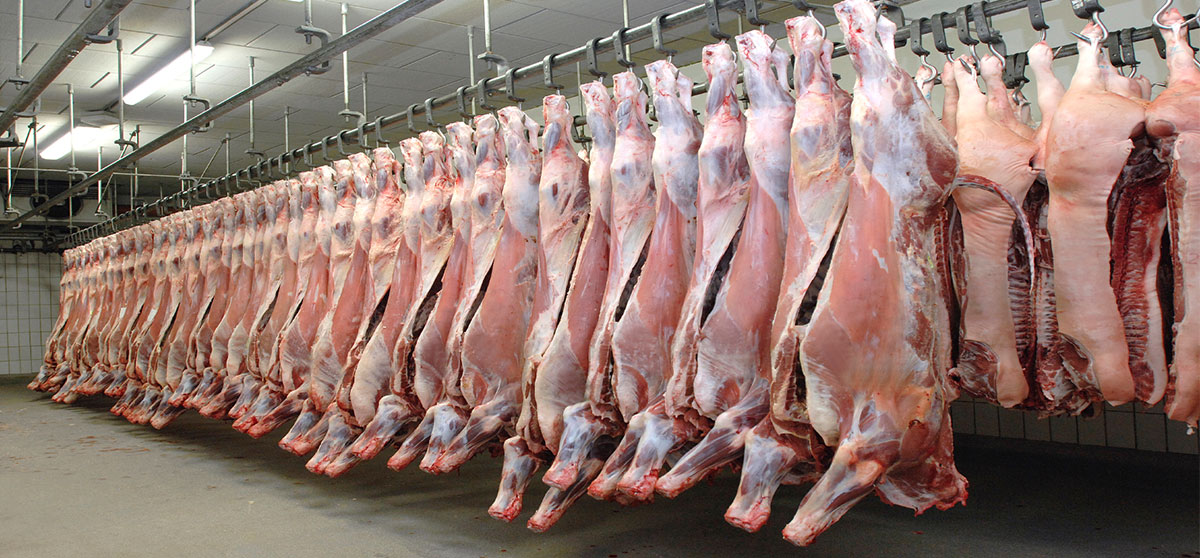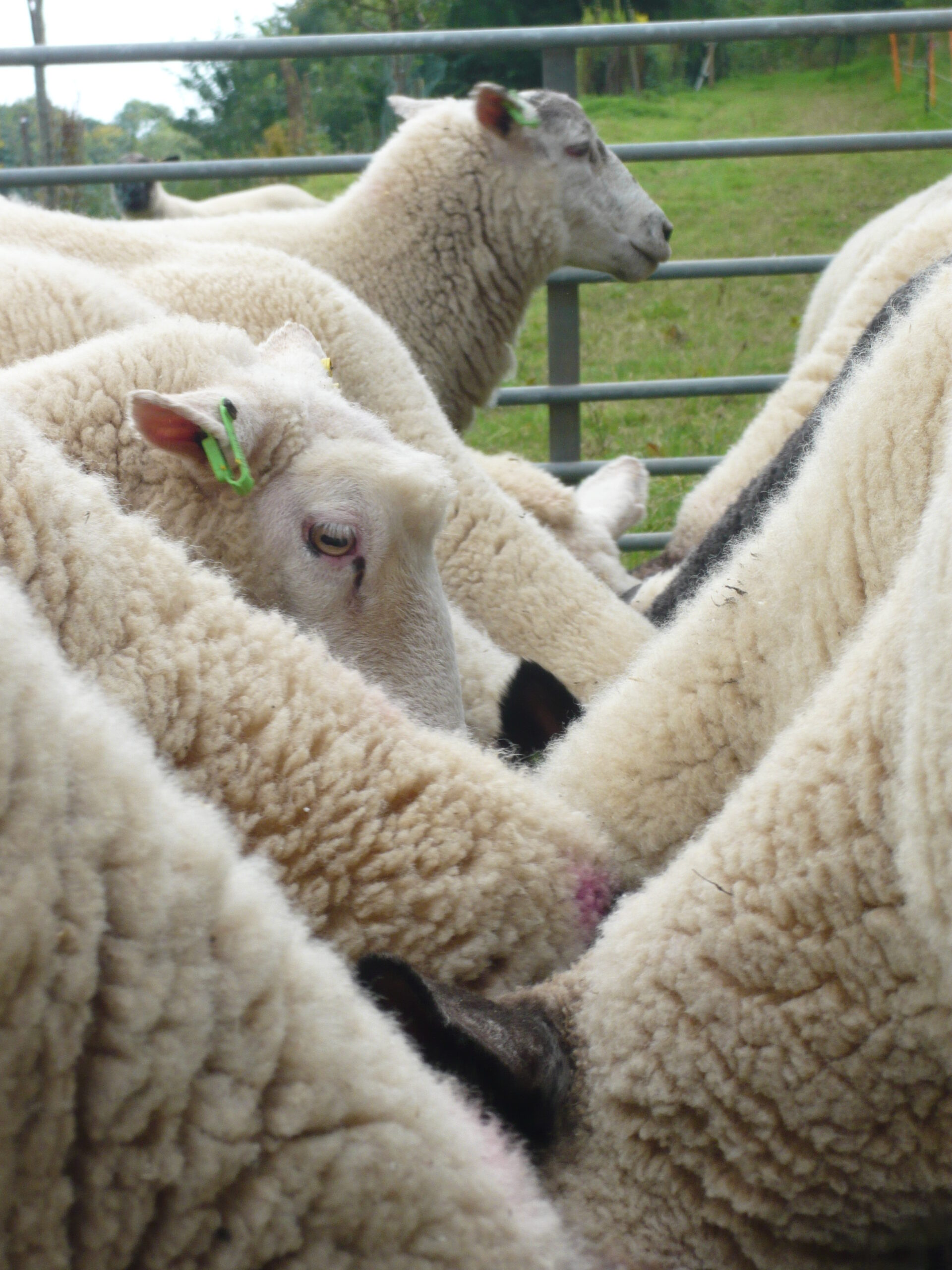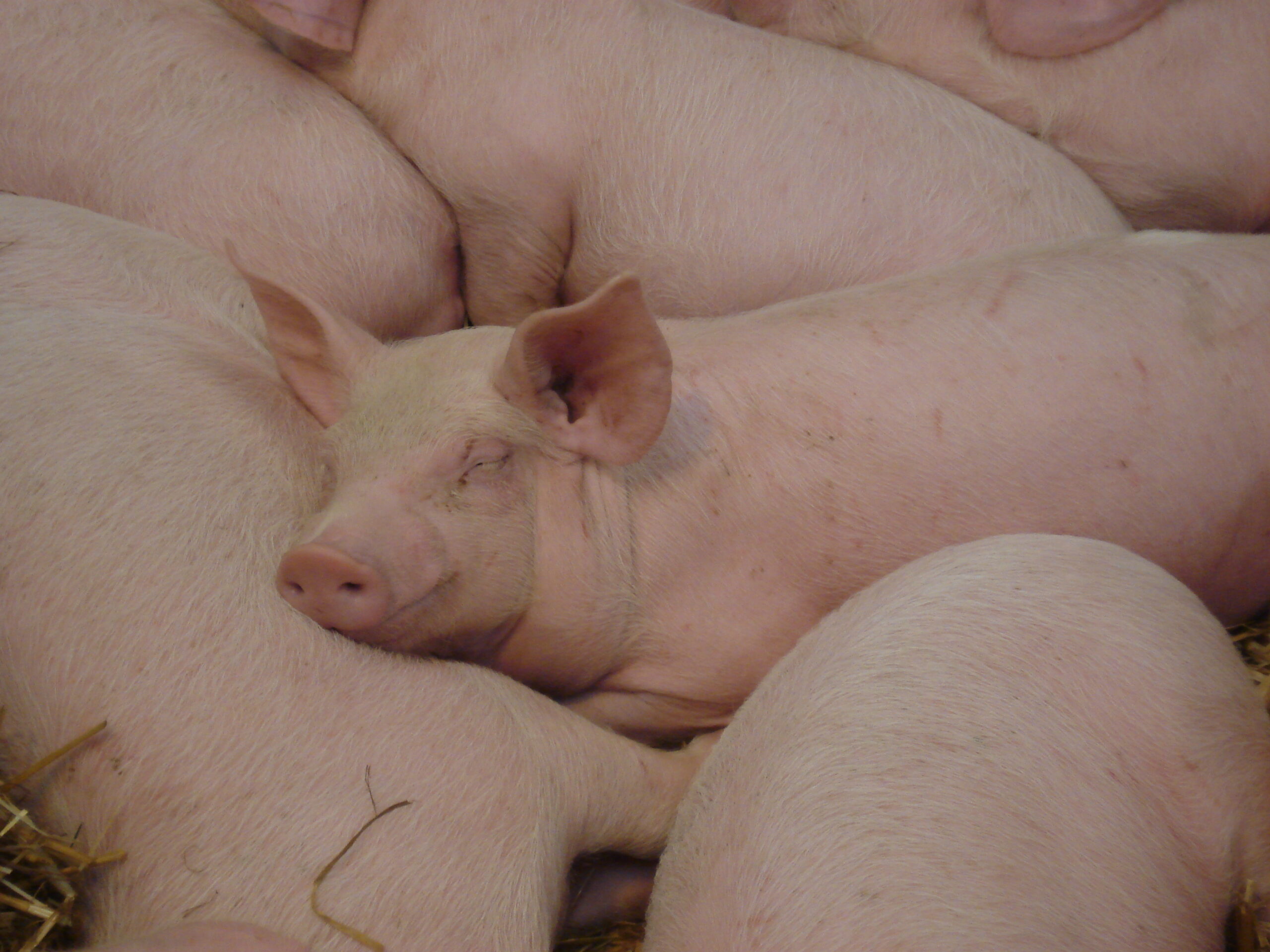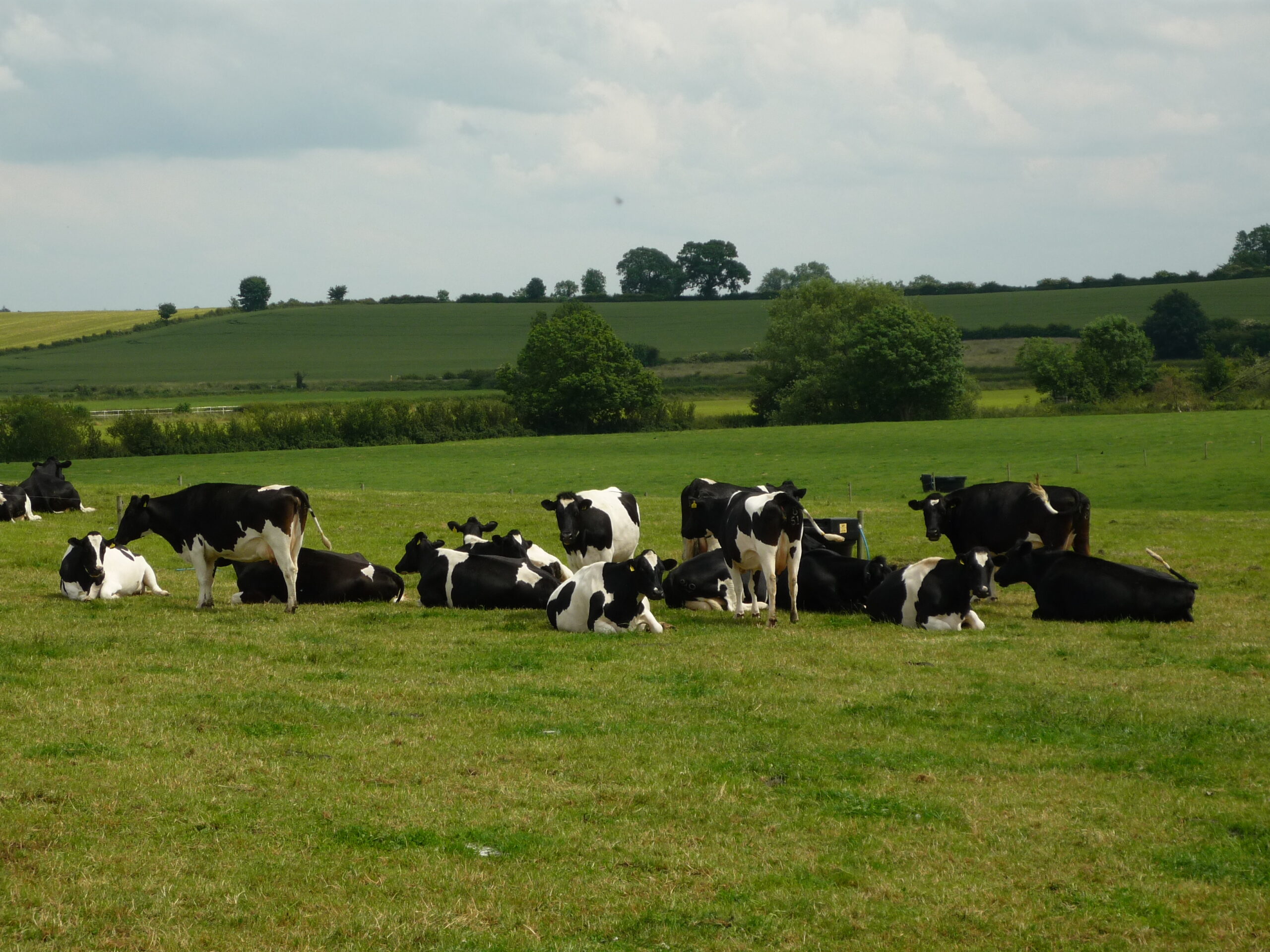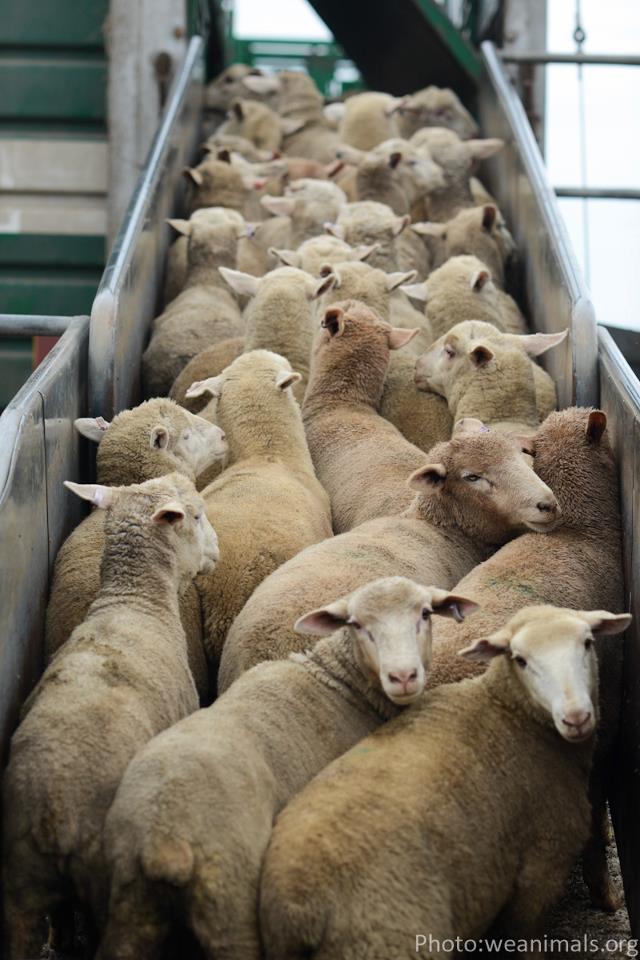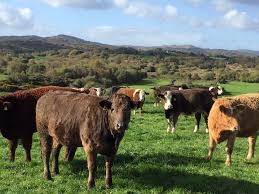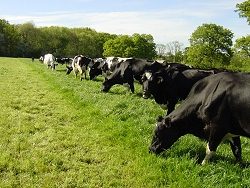Production
Milk production continues to rattle along at a strong pace. Latest figures from the AHDB for the first two weeks of April show that GB output is running about 5% higher than the same time last year. Obviously, the spring of 2018 was cold and wet, but current output is also ahead of the 3-year average. The AHDB is now forecasting that total output for the 2018/19 year will be the highest for 29 years. This is quite remarkable given the weather conditions experienced during the season.
Commodity Markets
The latest GDT auction results (for the event on the 16th April) saw the index rise by 0.5% to $3,447. This is after a 0.8% rise for the auction at the start of April. The GDT has now posted 10 successive increases dating back to last November and has risen 26% in this time. Overall, however, the Index is currently very close to the same level seen 12 months ago.
There has been a divergence between southern hemisphere prices (as indicated by the GDT) and those in Europe. The GDT has been boosted by dry conditions in New Zealand reducing grass growth and milk output (although it is the tail-end of the NZ production year now). In Europe, prices have been lacklustre. The reasons for this are slightly mysterious – although milk production in the UK and Ireland is strong, other major EU producers such as the Netherlands, France and Germany are showing falls in output compared to last year. It may be partly connected to Brexit uncertainty. In any event, there are currently signs that EU prices are now starting to move upwards to GDT levels.
UK Farmgate Prices
There have been relatively few movements of UK milk prices over the past month. As we predicted, processors seem to be largely adopting a wait-and-see attitude as we move through the spring flush. The two factors outlined above (strong UK output v rising commodity prices) seem to be cancelling each other out at present. Some of the more notable changes (or non-changes in many cases) include;
- Arla is holding it conventional prices for the fourth month, into May, with a liquid price of 29.06ppl and a manufacturing price of 30.23ppl
- Muller is retaining its liquid price for May at 26.75ppl
- Dairy Crest is also keeping its prices unchanged for May at 29.9ppl for cheese and 28.8 for liquid
- First Milk is following the same pattern – its milk prices remain unchanged for May at 28.7ppl for manufacturing and 27.8ppl for liquid
- Tesco aligned producers will see a 0.34ppl reduction as from the 1st May
Processing Sector
The purchase of Dairy Crest by the Canadian company Saputo was completed on the 15th April. The cost of acquisition was £975m.
As part of its cost-cutting strategy known as ‘project Darwin’ (see February Bulletin) Muller has announced that it will be cutting the number of products it sells in the UK by up to 40%. It currently manufacturers 835 separate products at its six processing sites. The company states that, at a typical factory, 90% of the milk goes into 40% of the most popular products. The remaining 60% of products take only 10% of milk – indicating relatively small (and inefficient) production runs.
It is reported that Sainsbury’s are to re-tender for its liquid milk contract. This was due to occur in 2020, but looks set to be brought forward to this summer. Muller (who supply around half of the supermarket’s own-label milk) have been putting pressure on for a review as rising costs have resulted in losses being made by many liquid milk processors, including Muller.
